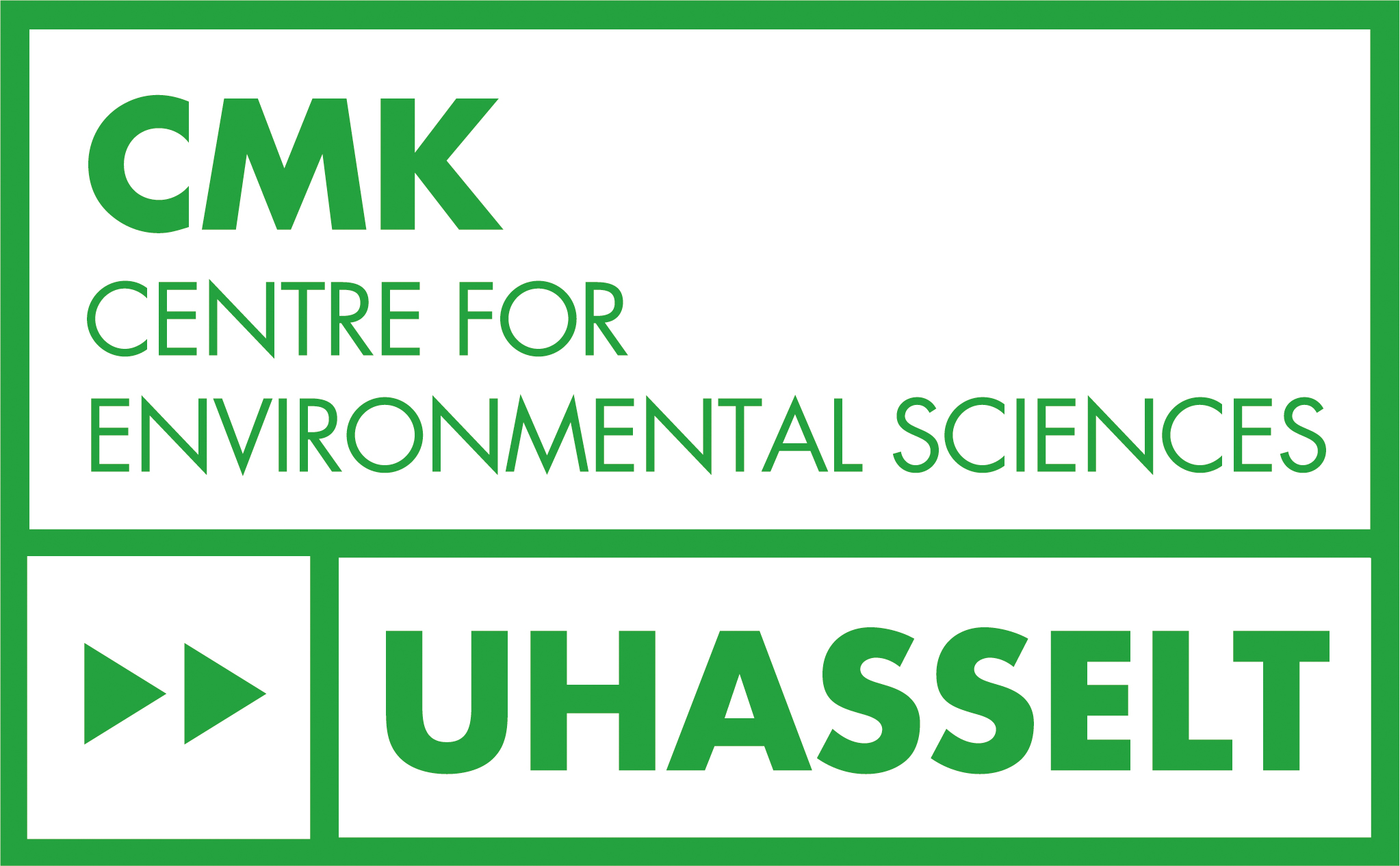Study the impact of emerging pollutants


We offer neomodels as an alternative non-mammalian, in vivo carcinogenic assay, to bridge the gap between in vitro /cellular assays and mammalian models in carcinogenicity screenings (EP15159158.3)
We have a wide portfolio of toxicity tests, and aim to provide alternative models and model systems to assess different types of toxicity (carcinogenicity, neurotoxicity, developmental toxicity). Our Neomodels assay is based on changes in stem cell dynamics and has the potential to detect non-genotoxic carcinogens, which is advantageous to current test that have a weak sensitivity and poor reliability towards these compounds. In general, special attention is given to stem cells are promising tools in the evaluation of potential toxic effects.
An accurate assessment of health risks associated with human exposures to chemicals is of great importance from both public health and economic perspectives. Recent developments in principles and methodology of toxicity testing are applied to new pollutants, such as nanomaterials.
We investigate the impact of nanoparticles, microplastics and heavy metals on human health and aquatic organisms
We aim to provide an in-depth mechanistic understanding of the interplay between physicochemical characteristics of the nanoparticles and their effects. Such a detailed understanding of nanoparticle toxicity is a necessary first step in function of future risk assessment strategies. More in particular, for nanoplastics, to date, the precise fate of these types of plastics in the human body, the exposure of humans to it, and its toxicity have not been established. We develop a workflow for Nano- and Microplastics (NMPs) exposure assessment, based on our recently developed label-free and biocompatible detection technique for combustion-derived particles (WO2017120647A1, US20190025215A1). We also establish a toxicological prediction model for NMPs, based on our strong trajectory in studying the mode-of-action as a key determinant of chemical toxicity and on our vast expertise in the development and validation of toxicity tests (EP15159158.3)
An internal exposure marker for black carbon particles that have cleared from the systemic circulation has been developed within Hasselt University (Carbon black, patent pending)
Urinary black carbon mirrors the accumulation of medium-term to chronic exposure to combustion-related air pollution. This specific biomarker reflects internal systemic black carbon particles cleared from the circulation into the urine, allowing not only investigators to unravel the complexity of particulate-related health effects.
We gather fundamental knowledge on the signals that steer tissue regeneration
Using a highly regenerative animal model we investigate stem cells in their natural niche to understand the signals that are involved in successful regeneration events. In particular, we focus on how redox molecules and the related redox balance influence planarian physiology, functioning and regeneration capacity. The fundamental knowledge we gain from our research is highly relevant for downstream applications in the field of stem cell biology and regenerative medicine.
Projects
Professors
Tim Nawrot

Environmental Epidemiology
Michelle Plusquin

Environmental Epidemiology
Karen Smeets
 Prof. dr. Karen Smeets
Prof. dr. Karen Smeets
Toxicology
